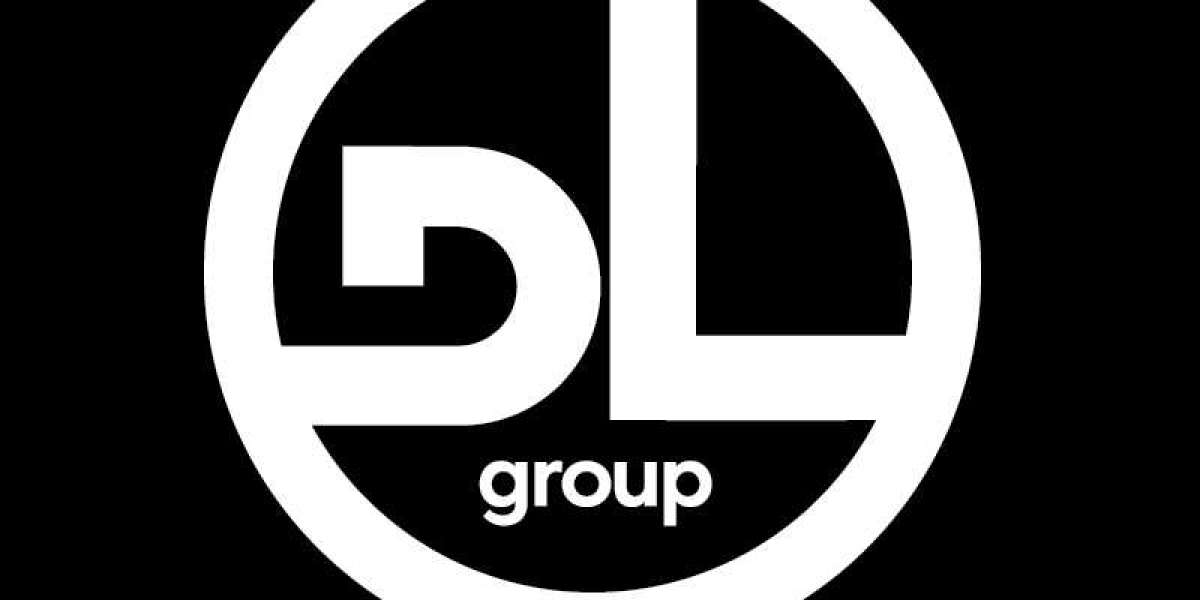Introduction:
In February 2013, the world turned its gaze towards the Vatican City as the Catholic Church prepared to elect a new leader following the historic resignation of Pope Benedict XVI. This unexpected turn of events had not occurred for nearly 600 years, and the anticipation and excitement surrounding the Papal Conclave of 2013 were palpable. As the Cardinals from around the world gathered in Rome, the eyes of billions were fixated on the Sistine Chapel, awaiting the announcement of the 266th Pope.
Description:
The Papal Conclave of 2013, which began on March 12th, was a highly secretive and solemn event that took place within the walls of the Vatican City. Following the resignation of Pope Benedict XVI, the Catholic Church was facing a crucial moment in its history, hoping to choose a candidate who could lead the church forward amidst numerous challenges.
In the days leading up to the conclave, various Cardinals engaged in discussions and deliberations, considering the qualities and qualifications required in the next Pope. The world watched with bated breath as the cardinals entered the Sistine Chapel, a sacred space adorned with Michelangelo's breathtaking ceiling frescoes, where they would cast their votes.
The voting process itself was meticulously structured, with each Cardinal writing their chosen candidate's name on a ballot paper. These papers were then placed in an urn, and in several rounds of voting, the Cardinals elected the new Pope. However, to maintain the utmost secrecy and prevent external interference, these voting sessions were held behind closed doors, ensuring that only the Cardinals knew the results.
White smoke rising from the chimney of the Sistine Chapel signaled the outcome of the conclave to the world. On March 13th, just two days after the conclave began, the crowd gathered in St. Peter's Square erupted in cheers as the smoke turned white, indicating that a Pope had been chosen.
Cardinal Jorge Mario Bergoglio of Argentina emerged as the successor to Pope Benedict XVI and took on the papal name Francis. His election immediately generated tremendous excitement and marked several firsts for the Catholic Church. Pope Francis became the first Jesuit to be elected Pope, as well as the first Pope from the Americas and the first Pope from outside Europe in over 1,200 years.
With his humble demeanor, focus on social justice, and commitment to interfaith dialogue, Pope Francis quickly captured the hearts of believers and non-believers alike. His papacy brought a refreshing change, emphasizing compassion and inclusivity.
The Papal Conclave of 2013 will forever be remembered as a momentous event in the history of the Catholic Church. It marked a significant turning point, paving the way for a new era under the leadership of Pope Francis, whose impact continues to resonate globally.








